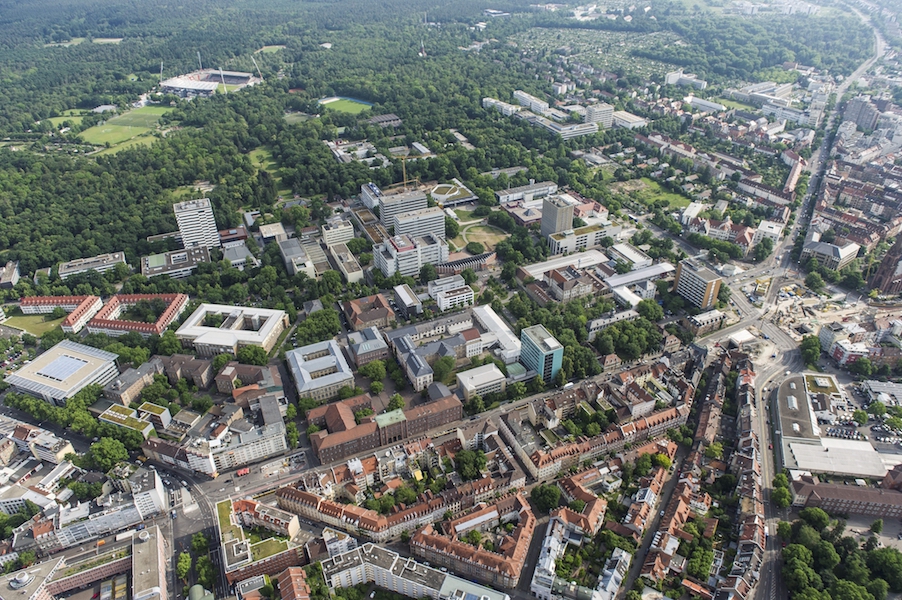
Commercial
HVAC & Plumbing
Industrial
Institutional
KIT uncovers underground heat island methodology for geothermal
January 15, 2016 - Underground heat islands in cities have enormous geothermal potential, say Karlsruhe Institute of Technology researchers, as warm groundwater can be used to produce energy for heating and cooling with the help of geothermal or groundwater heat pumps. But how do you identify the best locations?
January 15, 2016 By Anthony Capkun

Surface and underground heat islands are connected mainly by thermal conduction, but research thus far has studied individual heat islands separately, explains KIT, such that little is known about the interactions and relationships between above-ground and underground temperatures.
The KIT researchers say they have developed a new method for finding these underground heat islands: they estimate groundwater temperature from surface temperatures and building densities measured by satellites.
“This method can be applied for a first assessment of underground heat islands and, hence, of ecological conditions in the groundwater and of the geothermal potential. No complex groundwater temperature measurements and interpolations are required,” said Philipp Blum of KIT.
The researchers used satellite measurements of surface temperature to determine spatial and temporal parameters of above-ground heat islands. Apparently, identifying underground heat islands is much more difficult, as interpolating groundwater temperature measurements at existing monitoring stations is time-consuming and expensive, explains KIT.
KIT and ETH Zurich researchers recently analyzed above-ground and underground heat islands in four big cities in Germany—Berlin, Munich, Cologne and Karlsruhe—in relation to one another.
The researchers compared above-ground and underground heat islands in the four cities, and found a spatial correlation of up to 80%. Correlation in older cities, such as Cologne, exceeds that of relatively young cities, like Karlsruhe. The older the city, the more pronounced the underground warming. 95% of the areas studied were found to have a higher groundwater temperature than surface temperature.
The scientists attributed this to additional underground anthropogenic heat sources, such as cellars of buildings, sewers or points of reinjection of cooling water.
Hence, satellite-measured surface temperature alone is insufficient for reliably estimating groundwater temperature, says KIT. So the scientists also considered population density and cellar temperature, and succeeded in estimating regional groundwater temperatures with a mean absolute error of 0.9 K.
— Photo courtesy KIT
Print this page